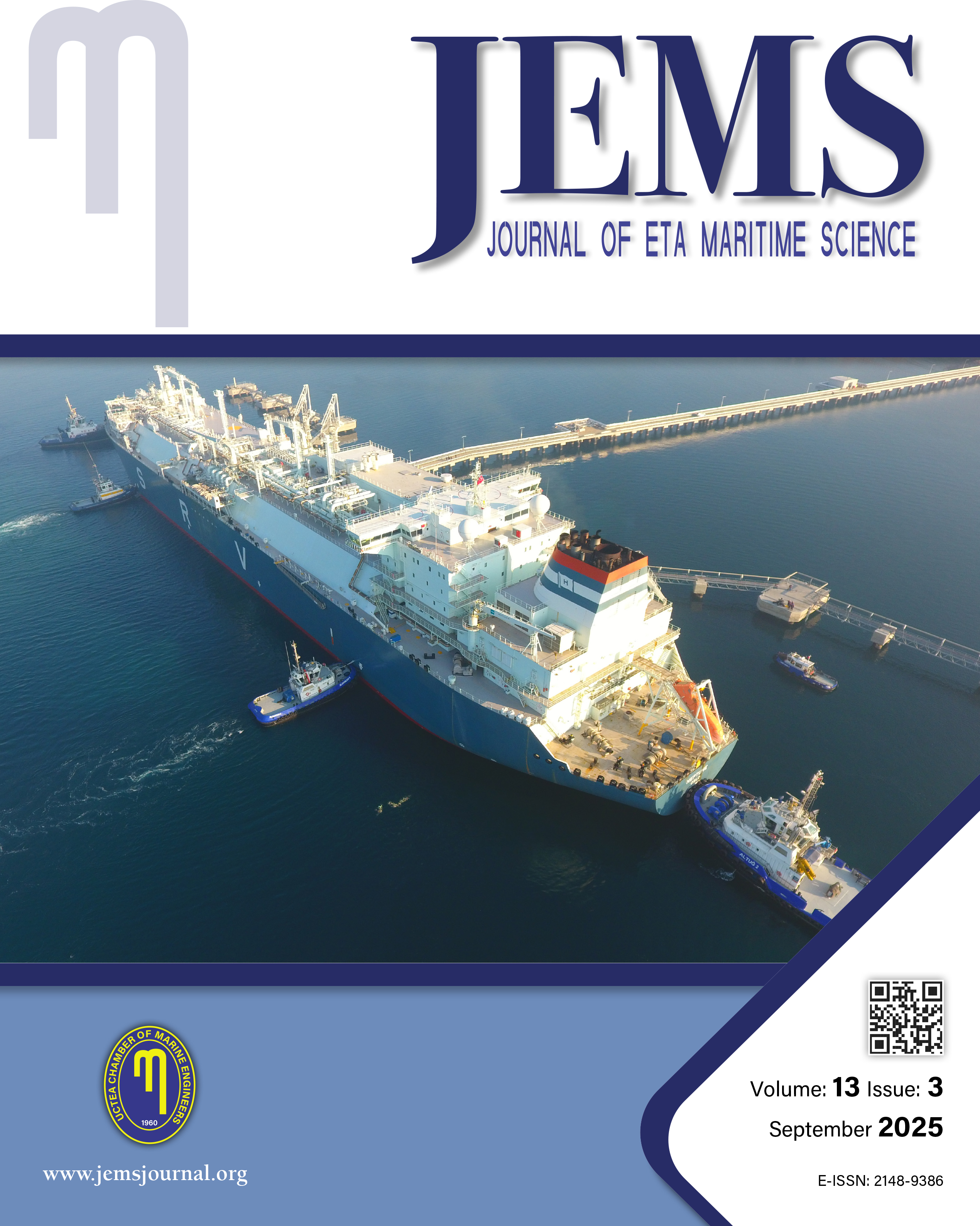

JEMS apply the Creative Commons Attribution NonCommercial 4.0 International Licence to all manuscripts to be published
Assessment of Carbon Footprint and Emission Reduction in Shipyards
Enes Tekelli1, Ayhan Menteş1, Şebnem Helvacıoğlu21İstanbul Technical University, Department of Shipbuilding and Ocean Engineering, İstanbul, Türkiye2Piri Reis University Maritime Vocational School, İstanbul, Türkiye
In the last century, increasing carbon emissions have profoundly impacted efforts to mitigate climate change. Therefore, energy-intensive industries face pressure to diminish their carbon emissions. In this context, the shipbuilding industry stands out as a significant source of emissions due to its high energy consumption and raw material-based production processes. This article assesses the carbon footprint of a Turkish shipyard manufacturing tugboats, concentrating on Scope I, Scope II, and Scope III emissions as defined by the Greenhouse Gas (GHG) Protocol. Calculations utilized DEFRA 2023 emission coefficients to ascertain CO2 equivalent emissions for each activity type. The shipyard's overall emissions comprise 55.68% Scope I, 16.81% Scope II, and 27.51% Scope III. The carbon footprint evaluation emphasizes the necessity of diminishing it and underscores the significance of prioritizing environmental sustainability. This study has explored strategies such as the use of solar energy, the transition to electric vehicles, a hybrid work model, and the establishment of local supply networks. These strategies provide practical and sustainable approaches to mitigating the environmental impact of carbon emissions in the shipbuilding industry.
Keywords: Decarbonization, environmental sustainability, GHG protocol, shipbuilding industryManuscript Language: English
(50 downloaded)










